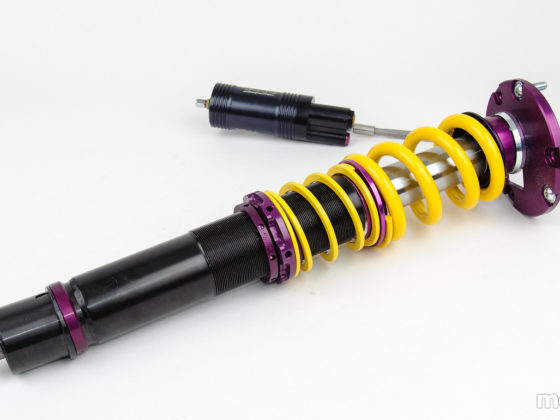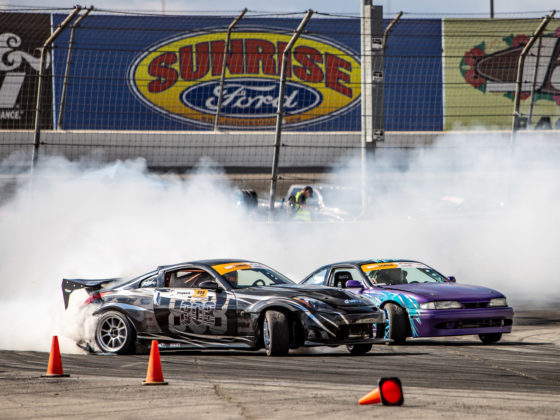Fuel Pressure Regulator

To regulate fuel pressure the S1.SE fuel kit uses Aeromotives EFI bypass regulator (part # 13129). This fuel pressure regulator is capable of supporting up to 1000 HP but also mild enough to support street driven projects. There are (2) ORB-06 inlet/outlet ports, (1) ORB-06 return port and a ⅛” NPT gauge port that we’ll be using to hook up a fuel pressure gauge. Base pressure is adjustable from 30-70 psi and rises on a 1:1 ratio with boost. This is ideal to maintain 52 psi of fuel pressure under boost. With an upgraded factory fueling (returnless) system we would have 15 psi or less.

Fuel Filter
 Since the CJ Motorsports S1.SE fuel system eliminates the factory fuel filter they include an Aeromotive 10-micron microglass replaceable element. It’s mounted externally for easier serviceability vs. the factory filter which is internal to the fuel system. This assembly features o-rings for positive sealing in high-pressure applications and flows up to 2,000 lb/hr with less than a 1 psi pressure drop. The housing is CNC-machined out of 6061-T6 aircraft aluminum and black anodized for a corrosion-resistant finish.
Since the CJ Motorsports S1.SE fuel system eliminates the factory fuel filter they include an Aeromotive 10-micron microglass replaceable element. It’s mounted externally for easier serviceability vs. the factory filter which is internal to the fuel system. This assembly features o-rings for positive sealing in high-pressure applications and flows up to 2,000 lb/hr with less than a 1 psi pressure drop. The housing is CNC-machined out of 6061-T6 aircraft aluminum and black anodized for a corrosion-resistant finish.
Up Rev MAF GT

We took this opportunity to upgrade our two mass airflow sensors. The UpRev MAF GT (uses Hitachi Part # W0133-1723137) reads almost 180% of the airflow range of the factory sensors while allowing stable idle airflow measurements. Up Rev’s take on the matter is if you’re adding forced induction to your VQ you need these sensors. In their testing, they have found that Nissan has matched the factory MAF tube to reach 4.9 volts at 130% over the factory horsepower.
Doing the rough math on that we’ll easily be exceeding that amount with our supercharger. As our base pull on our car bone stock was 285hp and 246 tq. A 30% increase would be 370 hp and 319 tq. Our estimates for power are closer to 65% over stock. This is well out of the range of the factory MAF recommendation. These sensors can only be used with UpRev’s tuning systems or third party stand-alone ECU’s. They cannot be used on a factory tune or with piggyback ECU’s.

If the engine in the car is the heart then the fuel is most certainly the blood or is it the oil. Hmm, maybe we’re using too many mixed metaphors. Anyhow, we wanted to be certain we were supplying enough fuel since we’re asking the engine to do a lot more work. In our next article, we’ll be covering the final components that will complete our forced induction upgrade. That includes Stillen’s intake manifold and supercharger mounting bracketry and Soho Motorsports air to air intercooler upgrade.



